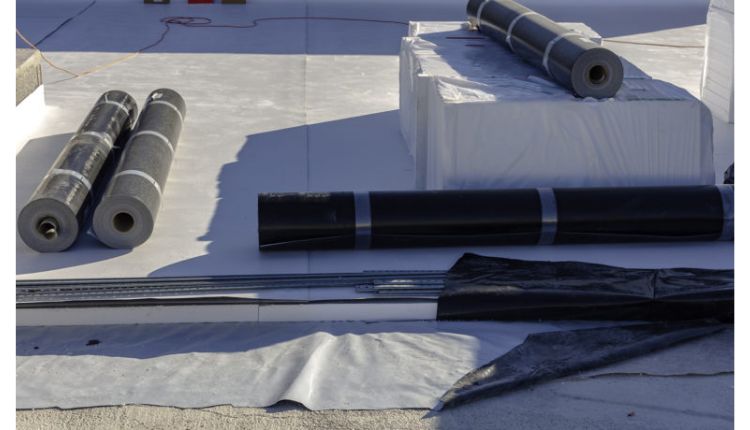
What are soft pastels and how are they used for drawing
What are soft pastels and how are they used for drawing. One of the fascinating artistic techniques is that of soft pastels. I cannot say that it is widespread and used like other pictorial forms, but what is certain is that it allows you to create extraordinary works. I find it magnificent and for this reason, I decided to talk about it today with you. The critical feature of soft pastels is that it is a dry technique: no diluents or water are added, and the pigment retains its original purity.
Some argue that the color of soft pastels is the closest to pure color, as the pigment is not altered during the painting process. Precisely for this reason, many artists around the world use it as their primary technique. This introductory article will explain what soft pastels are and what you need to know to start painting cool drawing ideas with soft pastels.
What are soft pastels: the main features?
Soft pastels are small colored sticks with cylindrical or square shapes. They are produced by mixing the pigment with a small amount of binder. The process can be both industrial and artisanal: many historical producers try not to automate production too much to lose the link with tradition, trying to produce pastels in the same way as do it in the past.
One peculiarity that distinguishes each series of pastels is the incredible number of variations and gradations included in each series. For example, the Sennelier series of soft pastels consists of 525 colors, many of which are minimal variations of the same essential pigment (or shade). It is what they say to be color freaks! If you want to know more, read the introduction to Sennelier soft pastels.
The history of soft pastels
Although tools formerly called “pastels” use since the 16th century, soft pastels generally used during the 18th century. It is the characteristic portraits made by the painter and portraitist Rosalba Carriera, Swiss painter Jean-Etienne Liotard, the Frenchman Maurice Quentin de Latour, and many others. During the 19th century, the legacy of this technique was collected by the French Impressionist School, one of them being the famous Edgar Degas.
His desire for experimentation has allowed the expressive development of the soft pastel technique in directions not yet explored. Furthermore, the diffusion of this technique has also helped the evolution of pastels as a product, with the research of increasingly particular pigments and the development of new shades. And even during the 1900s, many artists dedicated themselves to this technique, accompanying its contemporaneity and modernity up to the 2000s.
Soft pastels, dry pastels, or soft pastels: but what should I call them?
It often happens that beginners (but not only) get confused with the names and types of pastels. We know that with the generic term “pastels,” we can indicate various product types: wax pastels, oil pastels, dry or soft ones. Sometimes, erroneously, even chalks! Let’s clarify that here we are only talking about soft pastels and no other types to which we have dedicated separate articles. The term soft pastel is the equivalent of the English “soft pastel.”
It is often interchanged with the term dry pastels, which we find more correct, and which is equivalent to the French “pastel sec,” a term also used by Sennelier. Dry pastels can be both soft and hard (more binder is used), i.e., soft dry pastels and hard, dry pastels (face also called “crete”). Precisely for this reason, in English, you will find both soft pastels and hard pastels. However, I decided to use the generic term “soft pastels,” as it is probably the most popular among enthusiasts and artists in this article.
How are soft pastels used?
In this section, I will give you some tips if you want to start experimenting with soft pastels. These are simple indications and tricks that I have learned with experience and by attending some pastel lessons; I want to say it as I want them to be helpful to you, but remember that having a teacher or teacher in the flesh is very important! Unless you are self-taught with great talent!
What do you need to get started?
Of course, to start painting with dry crayons, you need to have all the necessary material available. Here I will provide you all the knowledge you require.
You will need some crayons!
The critical thing is to have some crayons. If you are at the beginning, we recommend that you move towards a set that offers you an introductory selection so that you do not have to choose the shades yourself since there are so many! When you are more mature, you can buy your pastels individually, according to your needs or the type of painting you will have to make.
Pastel pencil pencils or harder pastels
To draw precise lines or define certain parts of your painting that require a lot of detail, you will need to use a less crumbly and more complex product than soft pastel. For this reason, many artists work in combination with what is called Pastel Pencil that pencils that have an internal lead that has a composition similar to that of pastels but is more arduous. They, therefore, contain neither wax nor oil. The same result can achieve by using hard or clay pastels.
Other materials
To cut it completely off, you can add support products, such as a smear, blending sponges, a utility knife, a sharpener for your pastel pencil, and a fixative to protect your work!
Trace your subject using a pastel pencil or hard crayon
You will initially need a delicate, subtle tool to trace the design onto the paper, especially if you want to work on a real subject or portrait. You will not be ready to follow the contours with soft pastels, as they would break through use, and the traced lines would be coarse and inaccurate.




